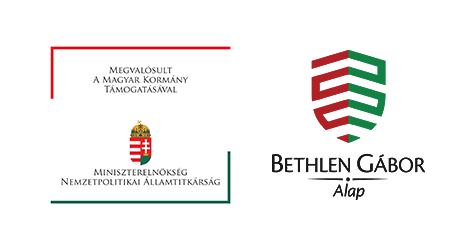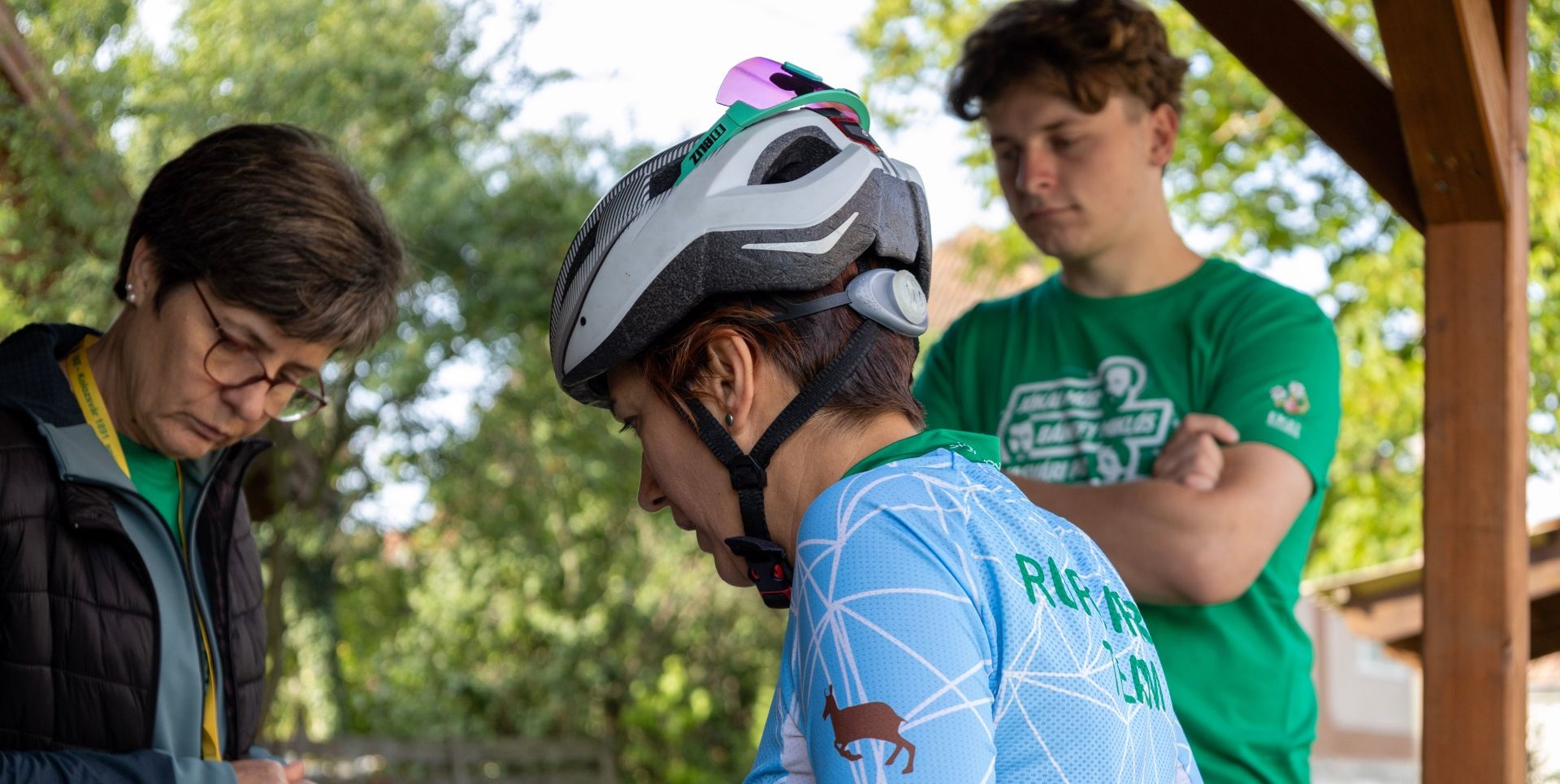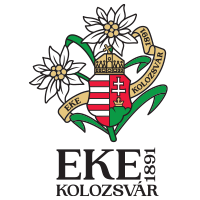
In recent years, our endurance cycling tour has become closely linked with the
Hungarian Cultural Days of Cluj, as every August we announced the
Károly Kós Memorial and Endurance Tours as a pre-event of the festival.
However, as the August heat has become increasingly unbearable for the participants,
in this year we decided to organize the 9th edition of the cycling tour during September,
with 53/62 km routes from the Rooster Church (Kakasos templom) to the Crow Castle
(Varjúvár), and with 28/36, 16/25, and 33 km routes in the area around Sztána.
INTRODUCTION to the Memorial Tour
“The name Károly Kós is a beckoning. It beckons all Hungarians: those in the homeland and Budapest, those outside Hungary’s borders and in Transylvania, Kalotaszeg, the Szekler lands, Sepsiszentgyörgy, and we could continue the list with those who live in regions that have been inhabited by Hungarians for a thousand years. For all of these people, the name Károly Kós signifies attachment to the Hungarian people, the native land, and Transylvania, as well as an enduring traditional, yet European, architecture.” – Dr. István Kenyeres
The Károly Kós memorial endurance tour offers you the chance to admire three significant works from his early career (1907-1914), his most exciting and prolific period: the Kakasos (Rooster) Church at the start in Kolozsvár (Cluj), and the Szentimrei Villa and Varjúvár (Crow Castle) at the finish in Sztána (Stana). It is worth noting that in this early period Kós also created the crown jewels of his career: the Budapest Zoo, and the Székely (Szekler) National Museum in Sepsiszentgyörgy (Sfântu Gheorghe). These two masterpieces established Kós’s prominence in the world of Hungarian art and architecture.
Along the scenic road from Kolozsvár (Cluj) to Sztána (Stana), we can envision the landscapes that defined Kós’s creative background, formed his creative personality, and made him feel truly at home.
“I am from the Orient, from the world of big mountains, whispering pine groves, and small villages, where fantastic dreams are still being dreamt by reserved, resilient Hungarians, where the good old days, bygone times, and people now dust, are still being sung by ancient white-haired bards. In that world there are many ruins, orphaned and deserted Hungarian churches. And the land sparse, and rocky indeed. There, in Transylvania country.” – Károly Kós
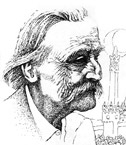
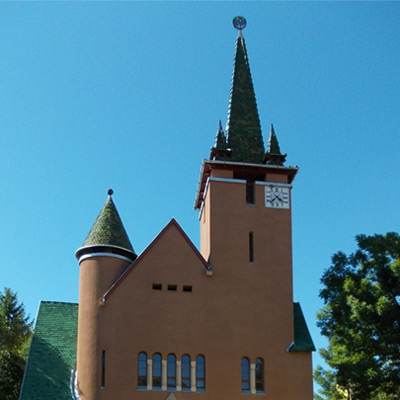 Kakasos (Rooster) Church
Kakasos (Rooster) Church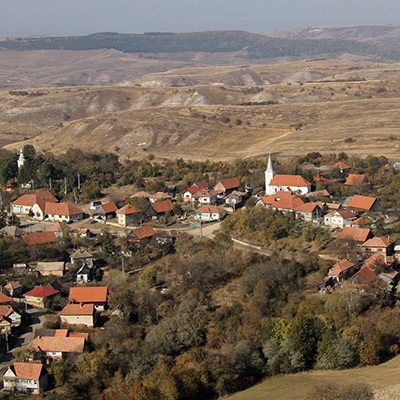 Dumbrava (Gyerővásárhely)
Dumbrava (Gyerővásárhely)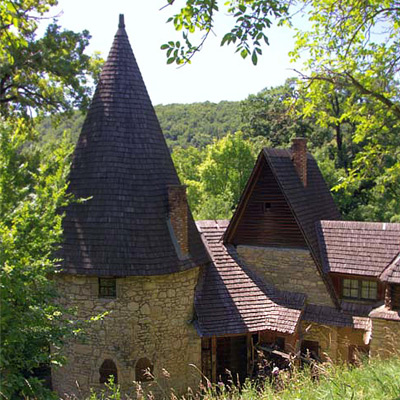 Varjúvár (Crow Castle)
Varjúvár (Crow Castle)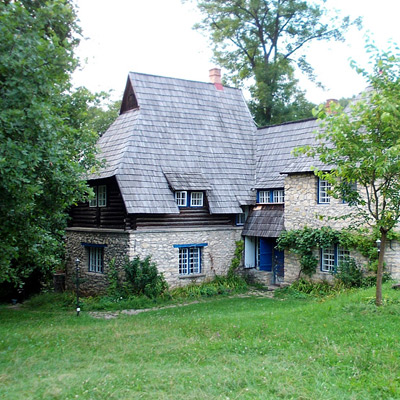 Szentimrei Villa
Szentimrei Villa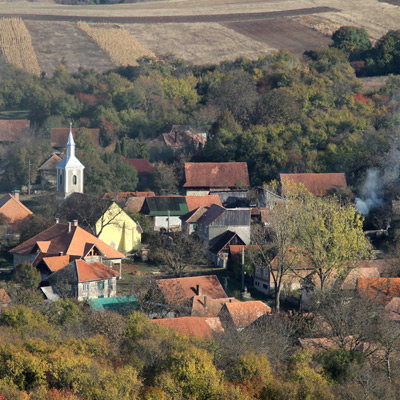 Stana (Sztána)
Stana (Sztána)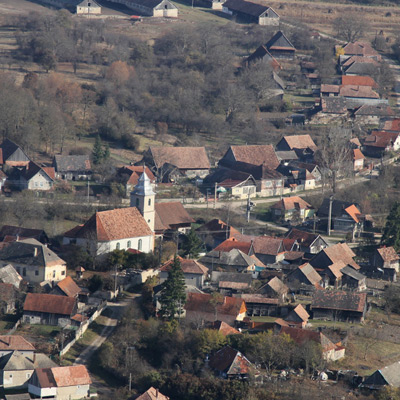 Petrinzel (Kispetri)
Petrinzel (Kispetri)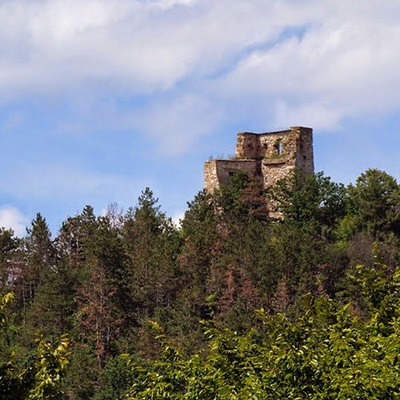 Almaş fortress
Almaş fortress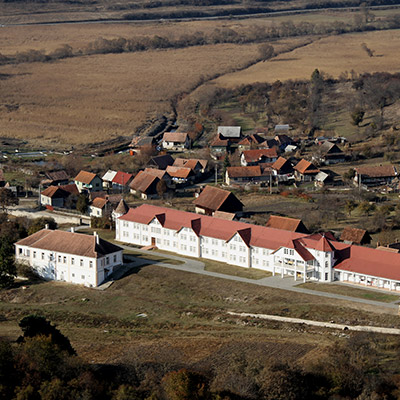 Farnas (Sfăraș)
Farnas (Sfăraș) Jebucu (Zsobok)
Jebucu (Zsobok)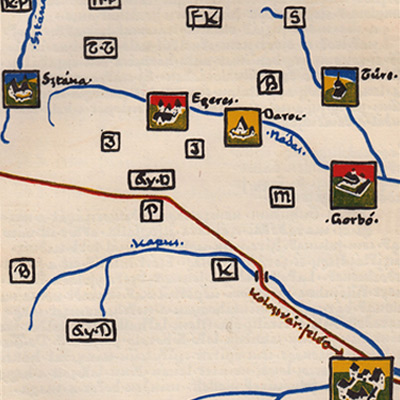 The Regions of Kalotaszeg
The Regions of Kalotaszeg The
The 
